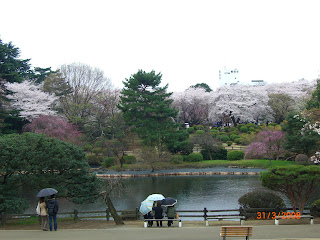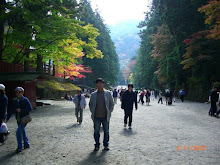Can every employee be creative?
The paper shatters the myths surrounding creativity; for example, that it depends on personality, intelligence, character, age or experience, or that it belongs to people who live dangerously. The truth is that very often, the best ideas come from conservative people. Studies have shown that unusually intelligent people with a high IQ are no more creative than those with an average IQ.
How, then, can companies foster creative talent?
Creativity results from having the right aptitudes and attitudes: the ability and the will. Employees need freedom to work, since the best ideas often come when people are having fun, laughing and enjoying their work. Here are ideas for sparking creativity in ourselves and in our subordinates.
Improving Our Own Creative Talent
A creative attitude is a permanent willingness to approach problems and situations in new ways. It is based on three basic attitudes: tenacity, confidence and enthusiasm. Besides the attitude or will, we also need the aptitude or ability. In business, originality is not enough. Ideas must be useful and practical. To enhance our ability to produce new ideas we should learn to make better use of the "old elements."
Fostering Subordinates' Creative Talent
A creative attitude is an inner willingness, and so, will depend essentially on our subordinates' motivation. The first measure is to reward initiative and encourage experimentation. Second, align the right person with the right task.
There are basically four ways to encourage subordinates' creative aptitude: foster diversity; invite subordinates to explore and use sources of innovation; ask them SCAMPER questions (substitute, combine, adapt, modify, put for other purposes, eliminate, rearrange or reverse); and encourage them to use team creativity techniques.
As employees search for innovation opportunities, they should draw on the seven sources of innovation identified by management leader Peter. F. Drucker: surprises, incongruities, bottlenecks, changes in the industry, changes in perception, demographic changes and changes in knowledge.
To promote lateral thinking, teams should turn to creativity techniques such as provocation, broken logic, brainstorming or the six thinking hats, in which each team member must look at a subject or situation from a different "color" or angle.
Thus, to establish a creative culture, companies should concentrate on inspiring people with clear missions and goals, and they should promote information exchange and collaboration.

 Sunrise on Mount Fuji, taken from 9th station overlooking mountains and Fuji 5 lakes.
Sunrise on Mount Fuji, taken from 9th station overlooking mountains and Fuji 5 lakes. Two hikers are sleeping soundly by the cliff of the ascending trail as if they don love their lives.
Two hikers are sleeping soundly by the cliff of the ascending trail as if they don love their lives. 







 At last, the day I had been waiting anxiously has come: Sucessful thesis defense. That is the end of my student life in Japan. Will have to face a new life when going back to Cambodia. For the time being just enjoy my last two months sightseeing. Feel like missing the spring and fall here before going.
At last, the day I had been waiting anxiously has come: Sucessful thesis defense. That is the end of my student life in Japan. Will have to face a new life when going back to Cambodia. For the time being just enjoy my last two months sightseeing. Feel like missing the spring and fall here before going. 

























